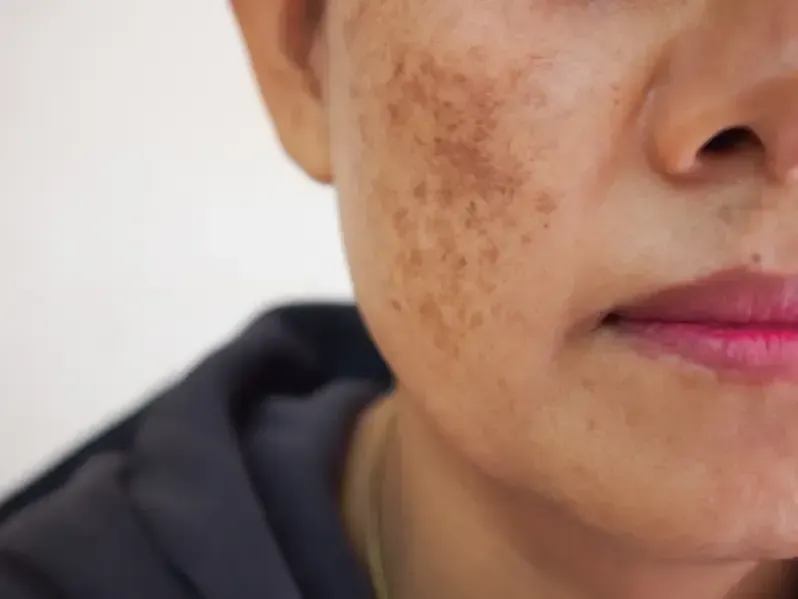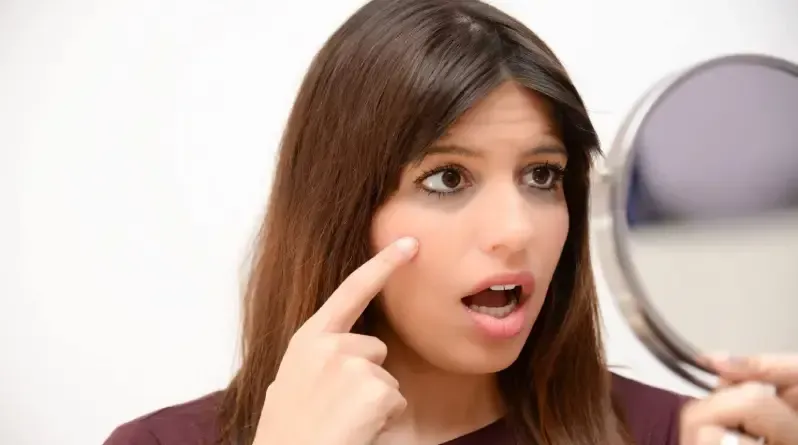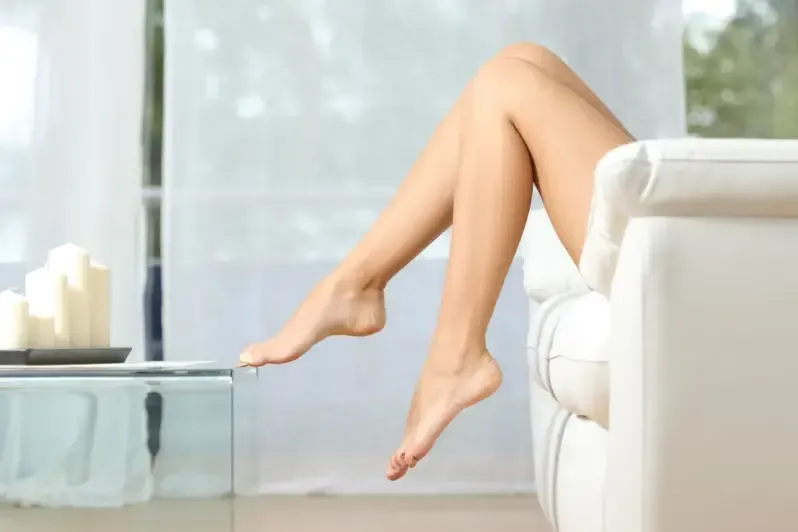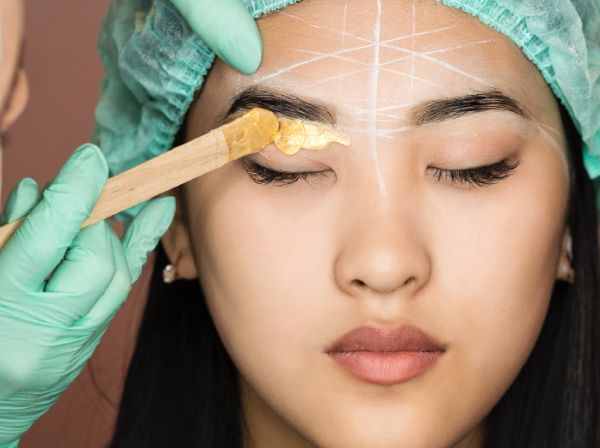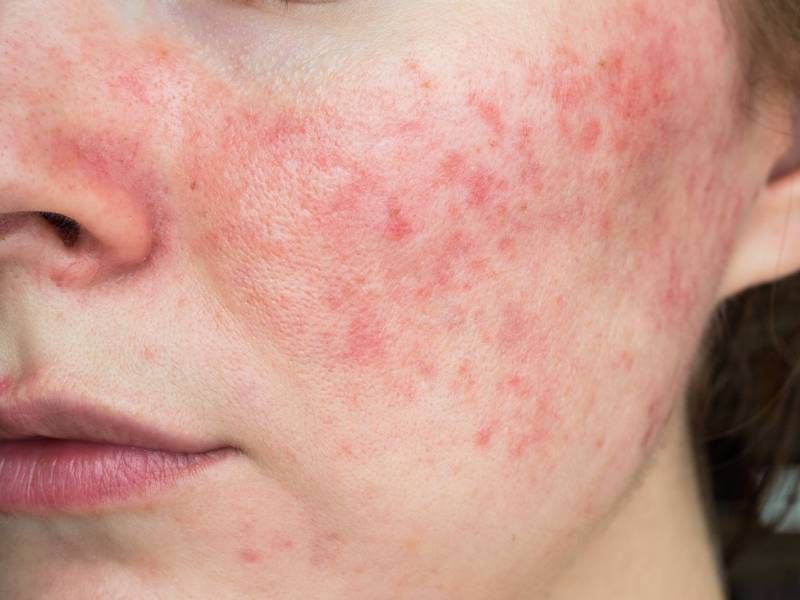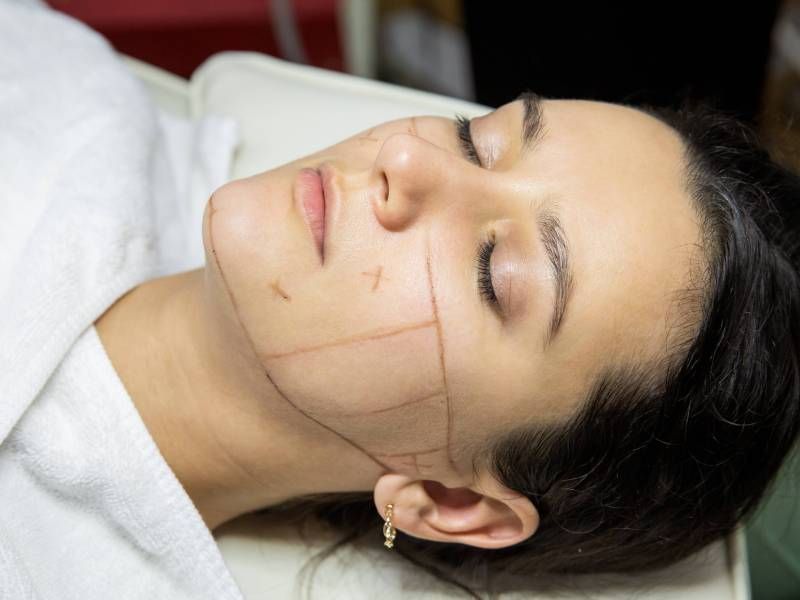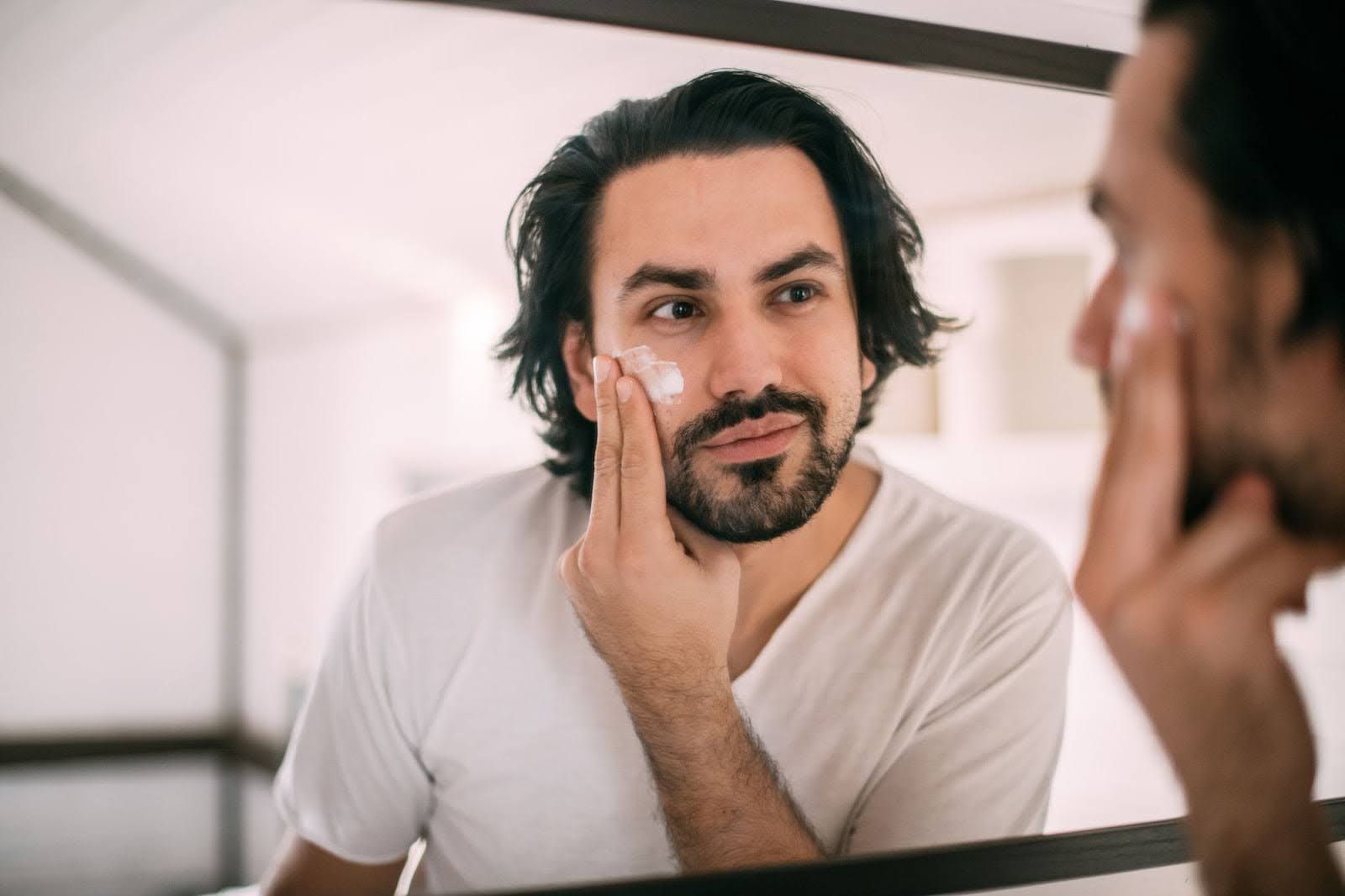How to Get Rid of Sun Damage on Face
Sun exposure is one of the most common causes of premature skin aging and damage. Over time, ultraviolet (UV) rays from the sun can lead to changes in skin tone, texture, and elasticity. Understanding the signs and treatment options for sun-damaged skin—also known as photoaging—can help you protect and rejuvenate your complexion.
What is sun-damaged skin or photoaging?
Photoaging refers to the premature aging of the skin caused by repeated exposure to UV radiation, primarily from the sun. Unlike natural aging, which is determined by genetics, photoaging accelerates skin aging and is preventable with proper care and protection.
What causes photoaging?
UV rays penetrate the skin and cause changes at the cellular level. Over time, this damage leads to the breakdown of collagen and elastin fibers, resulting in sagging, wrinkles, and pigmentation. Both
UVA and UVB rays contribute to photoaging, even on cloudy days or through windows.
What are the signs of photoaging?
Signs of photoaging typically appear gradually and include:
- Fine lines and wrinkles
- Uneven skin tone and hyperpigmentation
- Dark spots or sun spots
- Rough or leathery texture
- Loss of elasticity and volume
- Visible blood vessels (telangiectasia)
Can sun damage be reversed?
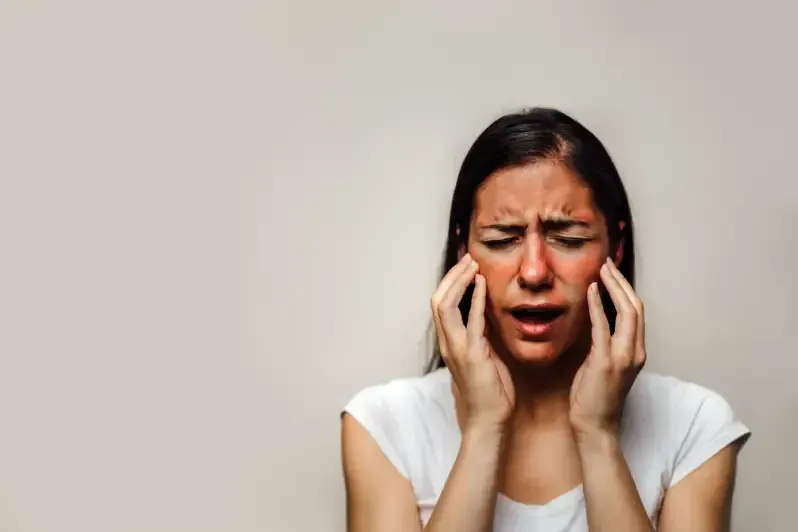
While some effects of sun damage are permanent, many can be improved with professional treatments and consistent skincare.
Licensed professionals may recommend:
- Chemical peels
- Microdermabrasion
- LED light therapy
- Hydrafacials
- Topical antioxidants like vitamin C
- Retinoids or retinol
Each treatment is tailored based on your skin type and level of damage.
Where is sun damage most visible?
Sun damage often shows up on areas most frequently exposed to sunlight:
- Face
- Neck
- Chest
- Hands
- Shoulders
These areas may develop fine lines, age spots, or discoloration faster than other parts of the body.
Who is at risk for skin damage from the sun?
Everyone is at risk, but certain factors increase vulnerability:
- Spending long hours outdoors without protection
- Living in sunny or high-altitude regions
- Using tanning beds
- Failing to use broad-spectrum sunscreen
- Having fair skin or light eyes
Are people of color at risk for sun-damaged skin?
Yes. Although melanin provides some natural protection, people of color can still experience sun damage, including dark spots, uneven tone, and accelerated aging. It’s a misconception that darker skin tones are immune to UV damage—sun protection is essential for all skin types.
Are There Health Conditions That Increase Your Risk for Sun
Certain medical conditions and medications can increase sun sensitivity.
These include:
- Lupus and other autoimmune diseases
- Albinism and other pigment disorders
- Medications like antibiotics, diuretics, or retinoids
- Organ transplant recipients or those with weakened immune systems
Always consult a licensed professional about sun precautions if you have underlying health conditions.
How is sun-damaged skin treated?
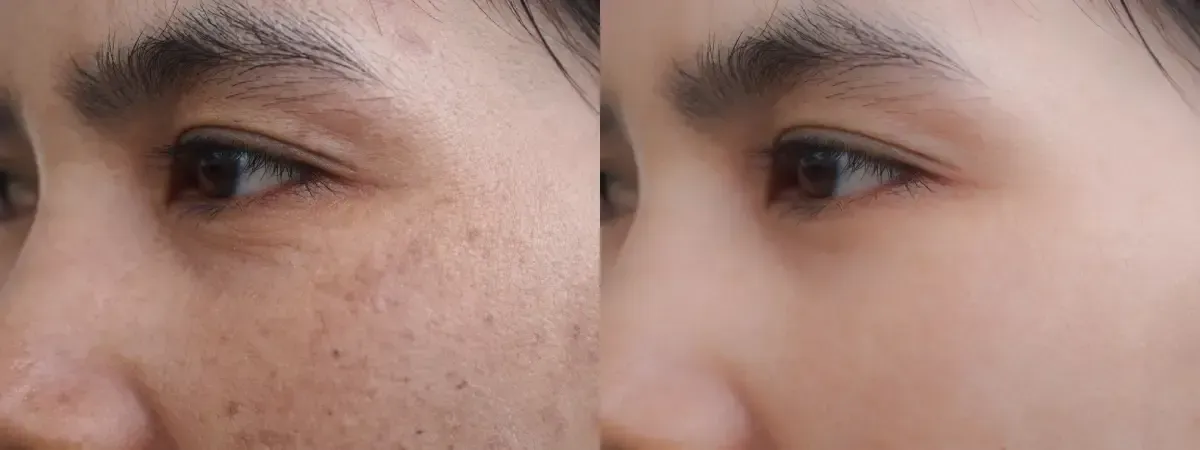
Treatment depends on the severity of the damage and skin type.
Options include:
- Preventative care: daily sunscreen use, protective clothing, and limiting sun exposure
- Topical treatments: antioxidant serums, retinoids, and hydrating creams
- Professional spa services: exfoliating facials, enzyme treatments, or restorative peels
- Advanced procedures: laser therapy, microneedling, or RF skin tightening
Professional treatments often deliver the most noticeable results, especially when combined with a consistent at-home skincare routine.
Restore and Protect Your Skin with Tala Wellness Studio
Sun damage can be frustrating, but the good news is that visible improvements are possible with the right care. At
Tala Wellness Studio in Summerville, SC, our
licensed professionals specialize in skin-renewing treatments designed to reverse photoaging and enhance your natural glow. If you're looking to address sun-damaged skin,
book a personalized consultation with us today and start your journey toward healthier, radiant skin.
